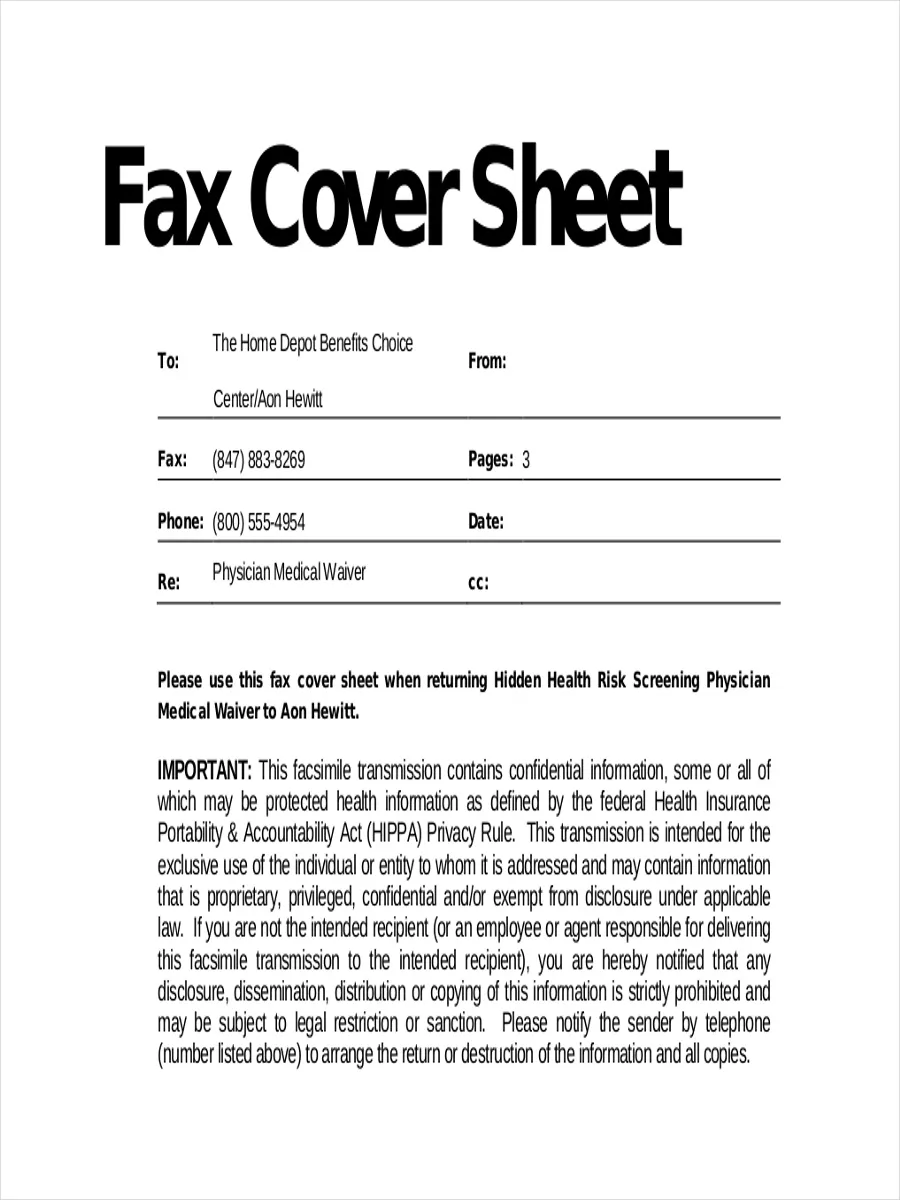What is a Fax Cover Letter?
A fax cover letter serves as the introductory document when you send a fax. It’s the first thing the recipient sees, providing essential context for the information that follows. It’s essentially a written introduction to the fax, informing the recipient about what they are about to receive, why they are receiving it, and who sent it. Think of it as the digital equivalent of a physical cover sheet, but with the added benefit of being more versatile, allowing for the inclusion of a subject line, brief overview, and contact details. Properly crafting a fax cover letter is crucial for ensuring your fax is taken seriously and read attentively. Ignoring this step can lead to confusion, delayed action, or even the fax being overlooked altogether.
The Importance of a Fax Cover Letter
The significance of a fax cover letter can’t be overstated, especially in professional settings. It offers crucial context, immediately informing the recipient about the fax’s purpose, sender, and any accompanying documents. Without this context, the recipient may be confused about the fax’s relevance, leading to delays or misinterpretations. A well-written cover letter enhances professionalism, and helps ensure the recipient knows what to do with the received information, whether it’s action, acknowledgment, or further review. In industries like legal, healthcare, and finance, where secure document delivery is vital, the cover letter becomes even more important because it sets the tone for the entire communication and can help verify authenticity.
Essential Elements of a Fax Cover Letter
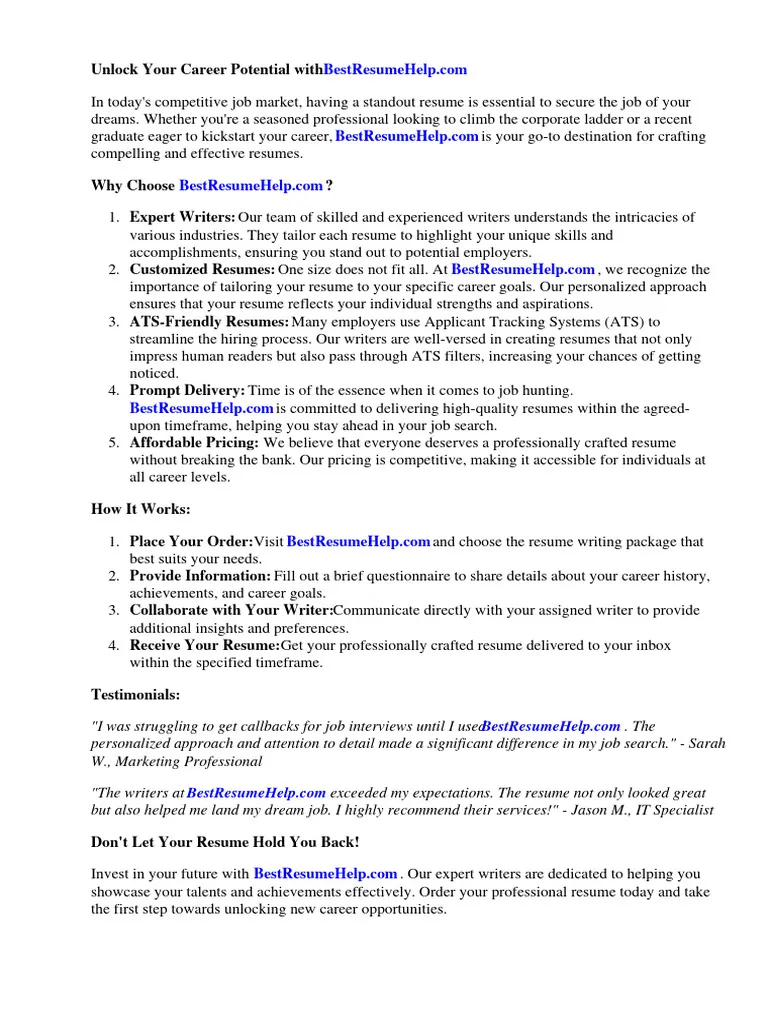
A well-structured fax cover letter includes several key components, each with a specific role. These elements combine to create a clear, professional, and effective communication. Omitting these essential elements may lead to miscommunication or the fax being misunderstood or overlooked.
Recipient Information
Start by including the recipient’s full name, job title (if applicable), and the name of the company or organization. This initial piece of information ensures the fax reaches the intended person. Accuracy here demonstrates respect for the recipient’s time. If you’re unsure of the exact recipient, address the cover letter to a department or a specific role within the company. Always double-check spellings and titles to avoid errors that could undermine your credibility.
Sender Information
Provide your full name, job title, and the name of your company or organization. Include complete contact details such as phone number, email address, and your fax number. Your contact information allows the recipient to easily reach you for any questions or clarifications regarding the fax. This level of detail facilitates prompt communication and enhances professional credibility. Including your contact details demonstrates your willingness to provide support to the recipient and your confidence in your information’s accuracy.
Subject Line
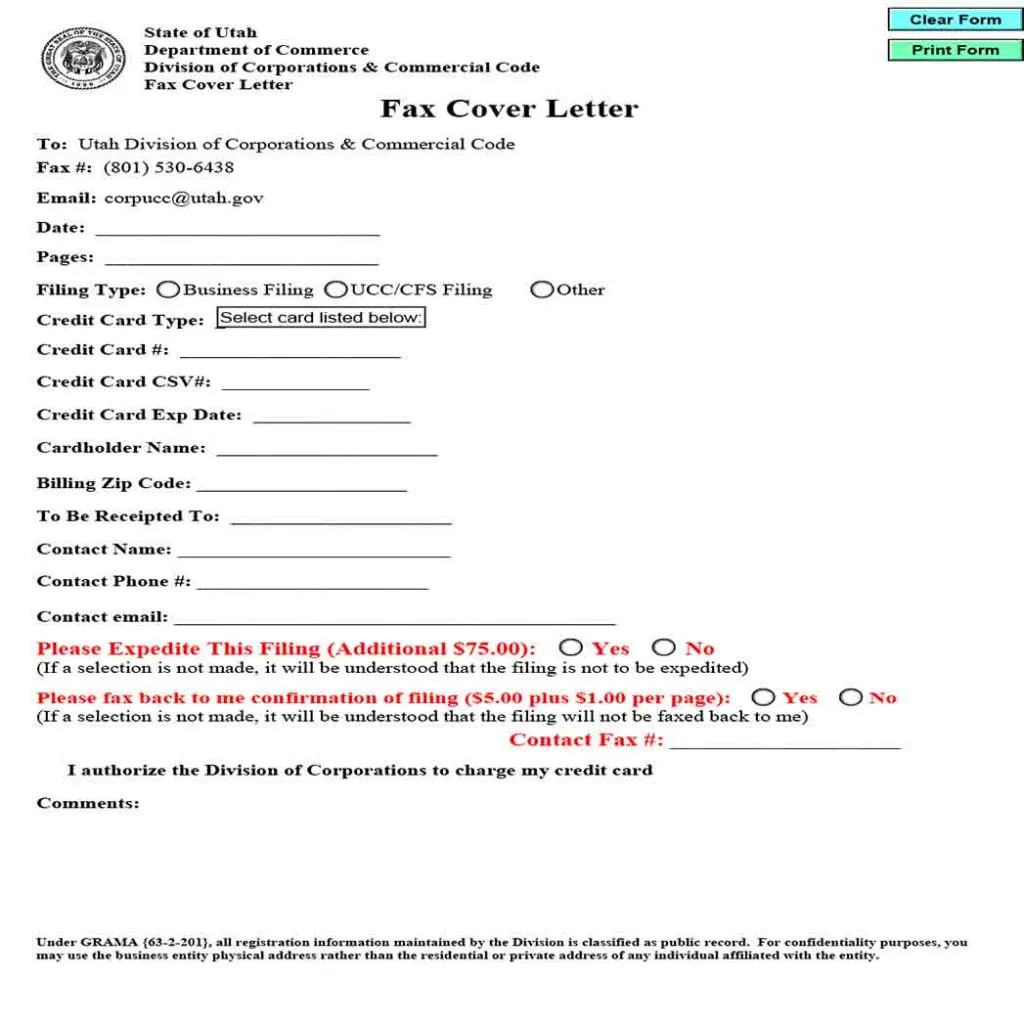
A clear and concise subject line immediately tells the recipient what the fax is about. Use specific wording, such as ‘Invoice for Services Rendered,’ ‘Confirmation of Meeting,’ or ‘Application for Employment.’ The subject line allows the recipient to quickly understand the fax’s purpose without having to read the entire letter. Keep it brief yet descriptive, ensuring the recipient grasps the core content. A well-crafted subject line aids in efficient document management and helps the recipient prioritize their tasks.
Greeting
Use a professional greeting, such as ‘Dear Mr./Ms. [Last Name],’ or ‘Dear Hiring Manager.’ If you don’t know the recipient’s name, use a general greeting such as ‘To Whom It May Concern.’ A proper greeting establishes a polite tone. The greeting sets the stage for a respectful exchange. Using the correct form of address shows that you respect the recipient. A well-chosen greeting sets the tone for the entire communication.
Brief Introduction
In one or two sentences, state the reason for the fax. This introduction should briefly explain what the fax contains. For example, ‘I am sending you the signed contract as per our agreement.’ This introduction serves as a quick overview. A clear introductory sentence makes the fax’s purpose immediate. The initial statement provides the context of the fax. It is important that it is direct and to the point.
Purpose of the Fax
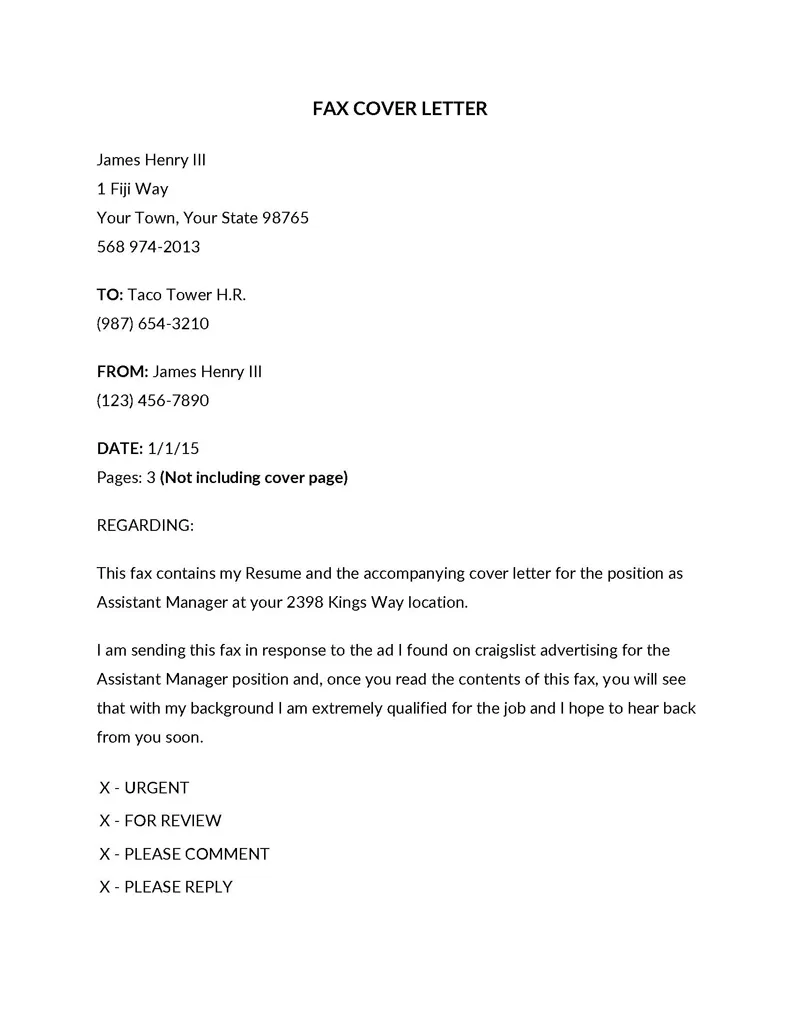
Clearly and concisely explain the purpose of the fax. This is the core of the letter. Explain what action you expect from the recipient, such as ‘Please review and sign the attached document’ or ‘This fax confirms our phone conversation regarding the upcoming project.’ Providing specific details is critical. Clear and explicit language prevents misinterpretation. The primary goal is to clarify the action the recipient should take.
Attachments (if any)
List the documents attached to the fax. This ensures the recipient is aware of all the received items. Use phrases like ‘Attached are…’ or ‘Please find enclosed…’ Include the number of pages for each attachment if possible. Being specific about the attached documents improves accuracy. It confirms all the expected documents are delivered. Accuracy helps the recipient to find all the faxed documents.
Call to Action
If you require a response or action, state it clearly. Provide specific instructions and deadlines if applicable, such as ‘Please reply by Friday’ or ‘Kindly sign and return the attached document.’ The call to action guides the recipient. Explicit instructions prevent confusion. The call to action clearly tells the recipient what to do.
Closing
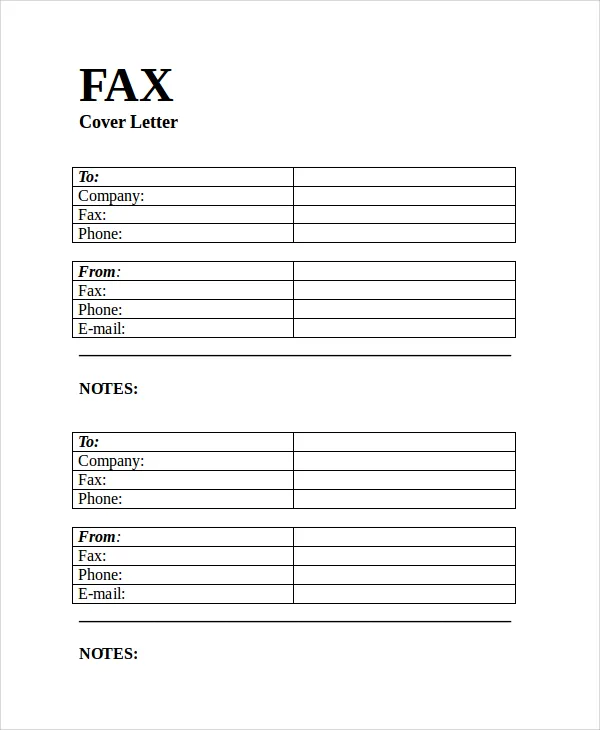
End with a professional closing, such as ‘Sincerely,’ ‘Best regards,’ or ‘Thank you.’ Sign your name above your typed name. A professional closing sets a positive tone. This is the final element to leave a positive impression. Proper closings are critical for professional interactions.
Formatting Your Fax Cover Letter
The appearance of your fax cover letter is crucial. A well-formatted document is easy to read and enhances its professional look. Good formatting demonstrates attention to detail and respect for the recipient’s time. Consistent formatting makes the information easy to find and understand. Consistent presentation increases readability and understanding.
Font and Size
Use a clear, readable font like Arial or Times New Roman in a size between 10 and 12 points. Avoid overly fancy or distracting fonts, as they can make your letter difficult to read. Font choice makes your letter legible. Maintain a consistent font style. Choosing a readable font allows for easy understanding.
Margins and Spacing
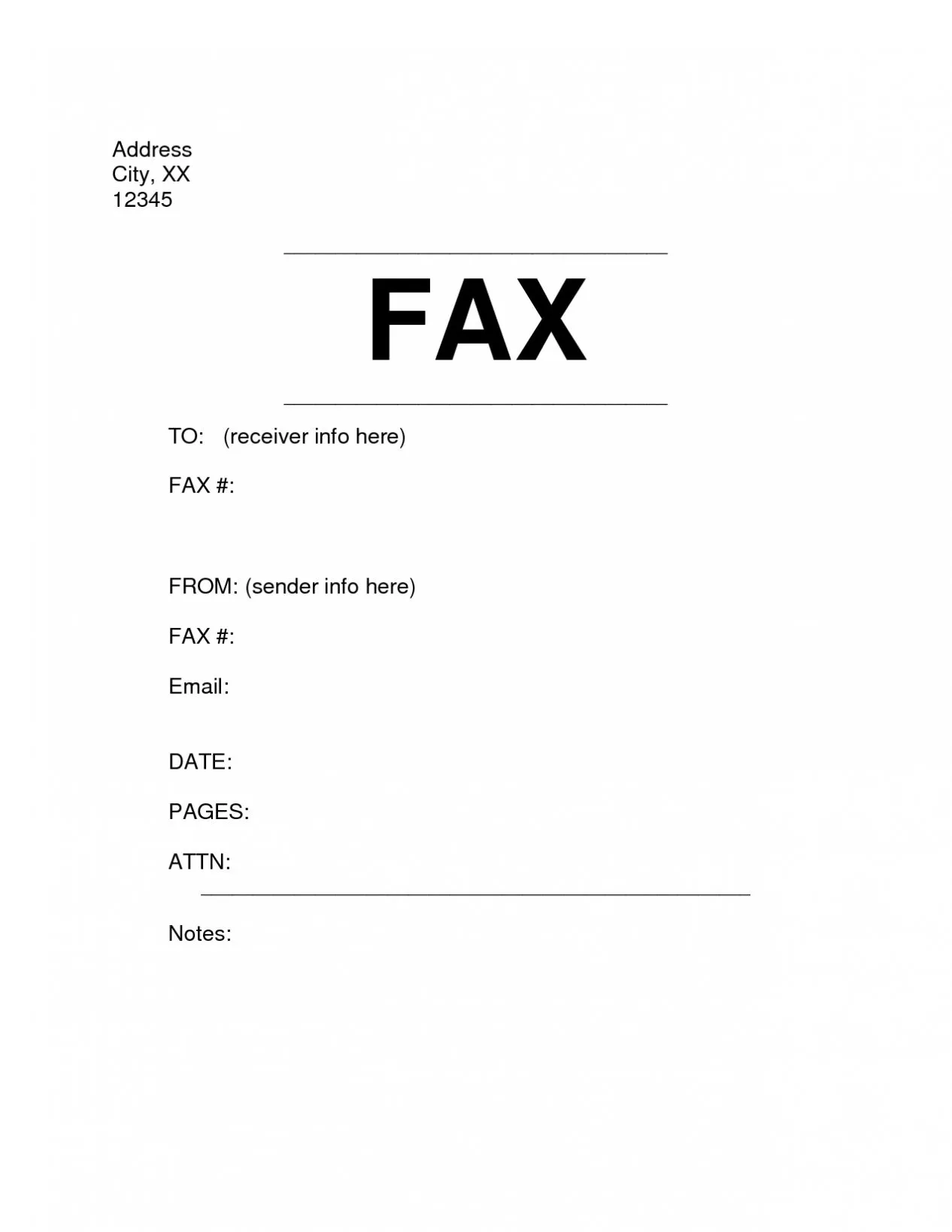
Set margins to one inch on all sides. Use single-spacing for the body of the letter, with double-spacing between paragraphs. This layout makes the document look clean and easy to navigate. These settings improve readability. Proper margins make the document look less cluttered. Good spacing makes the text easy to read and digest.
Proofreading and Editing
Thoroughly proofread your fax cover letter for any typos, grammatical errors, or formatting inconsistencies. Errors can undermine your credibility and professionalism. It is important to catch errors before they are sent. Ensure the language is clear and concise. Proofreading catches errors that could damage the credibility of your information. Correcting errors shows respect for the recipient.
Tips for Writing an Effective Fax Cover Letter
Writing a cover letter that is effective requires more than just including the necessary elements. Certain techniques help you create a document that captures attention and effectively communicates your message. The right approach to your cover letter will greatly enhance its influence.
Be Concise and Clear
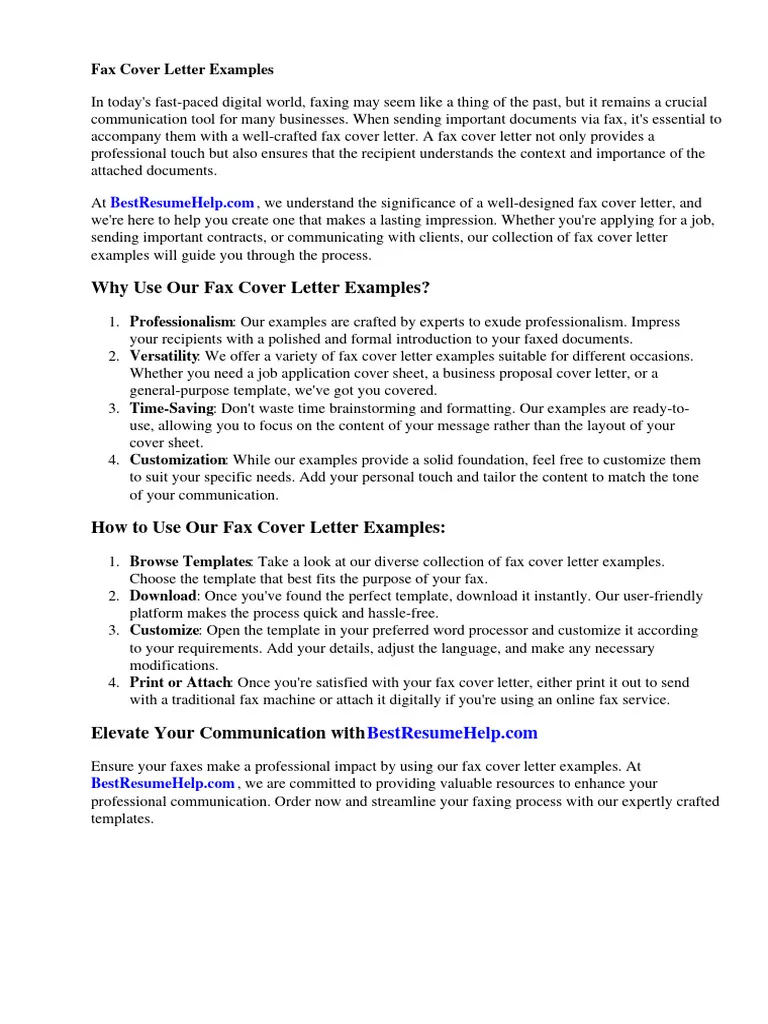
Keep your cover letter brief and to the point. Use direct, straightforward language and avoid unnecessary jargon or complex sentence structures. Clear communication prevents misunderstandings. This helps the recipient grasp the main points quickly. Being concise also respects the recipient’s time.
Use Professional Language
Maintain a professional tone throughout your cover letter. Avoid casual language, slang, or overly familiar terms. Professional language makes the document authoritative. A professional tone shows respect for the recipient. Use formal language to make a strong impression.
Double-Check Information
Verify all the information in your cover letter, including the recipient’s name, company name, fax number, and contact details. Incorrect information can lead to the fax being sent to the wrong place. Double-checking the details prevents errors. Accuracy is crucial for effective communication. Thorough checking confirms that everything is correct.
Tailor to Recipient
Customize your fax cover letter to the specific recipient and the purpose of your fax. Generic cover letters may appear impersonal, while a personalized one grabs attention. Demonstrating that you’ve considered the recipient’s needs boosts the effectiveness. Tailoring showcases your attention to detail. Personalization is critical to engagement.
When to Use a Fax Cover Letter
Fax cover letters are crucial for nearly every fax, offering a professional and organized way to communicate. Understanding the right times to use a cover letter makes your communication effective. It is important to know when to use a cover letter.
Sending Sensitive Documents
Always include a cover letter when faxing sensitive documents, such as legal contracts, medical records, or financial statements. The cover letter informs the recipient about the sensitive nature of the fax. This is especially important in secure communications. Ensuring confidentiality is critical. A cover letter will help the recipient know what to expect from the fax.
Confirming Receipt
In situations where the fax’s arrival is crucial, consider adding a request for confirmation of receipt in your cover letter. This guarantees that your fax reaches the intended destination. Confirming the receipt ensures delivery. Confirmation helps you know that the fax arrived. This will minimize the risk of important information going unnoticed.
Following Up
If you don’t receive a response within a reasonable timeframe, follow up with the recipient to ensure they received the fax and have taken the necessary action. This follow-up is important to make sure your information gets the attention it requires. A cover letter simplifies the follow-up process. Following up ensures action is taken.
